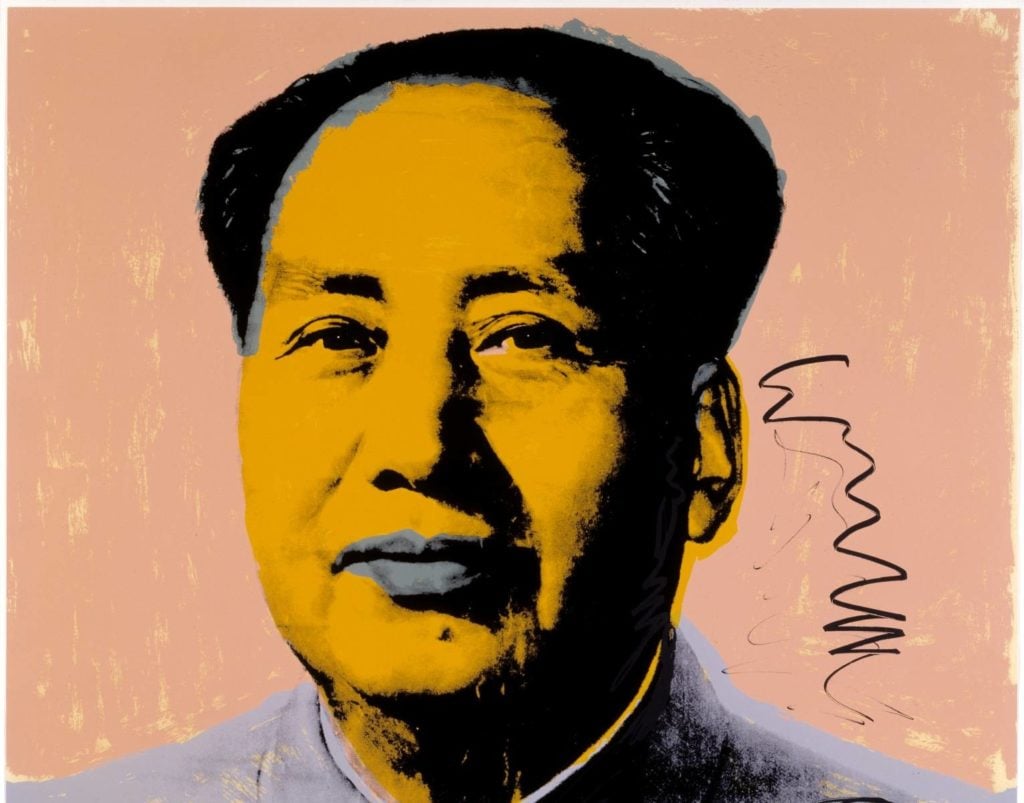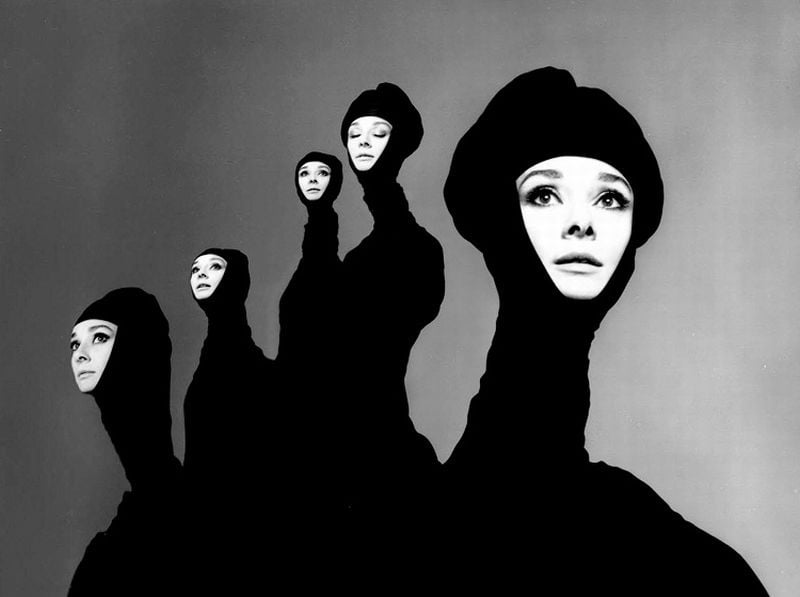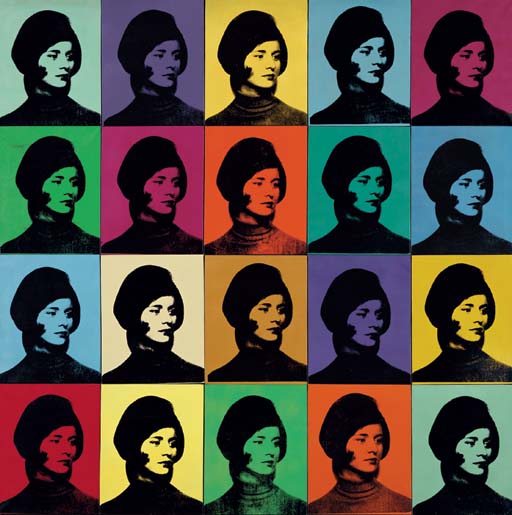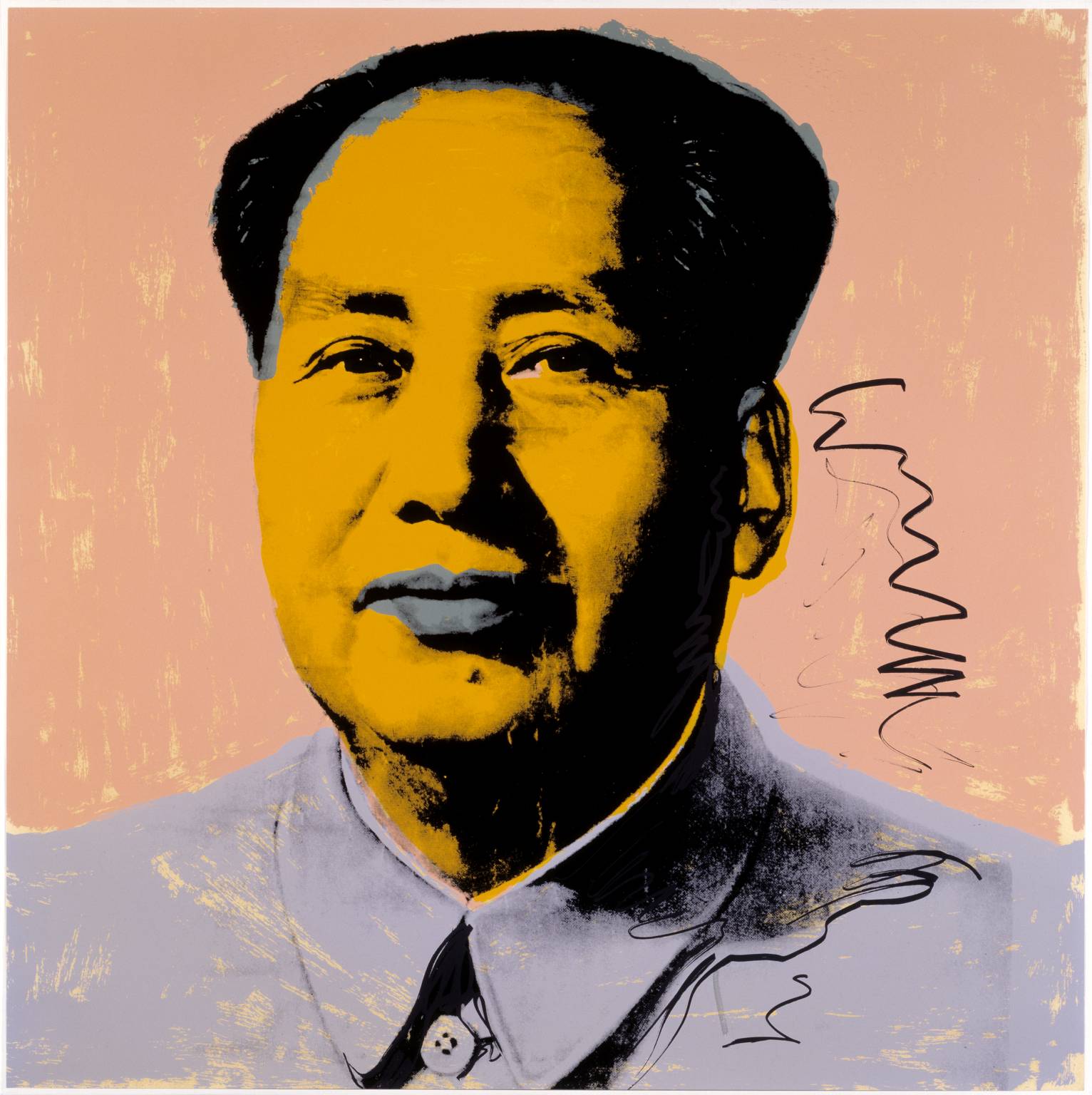Art & Exhibitions
Gagosian Pairs Richard Avedon and Andy Warhol for Celebrity-Studded Exhibition
It will be the first major joint exhibition of Avedon and Warhol.

It will be the first major joint exhibition of Avedon and Warhol.

Sarah Cascone


Richard Avedon, Audrey Hepburn (1967).
Photo: © The Richard Avedon Foundation, courtesy Gagosian Gallery.
Gagosian London is pairing the work of two 20th century artistic icons, Richard Avedon and Andy Warhol, in the first major exhibition to focus on the artists together.
Though the artists worked in different mediums (Avedon in photography, Warhol primarily in screenprinting), both relied heavily on repetition and serialization in their portraiture.

Andy Warhol, Miriam Davidson (1965).
Photo: Private Collection © 2015 the Andy Warhol Foundation for the Visual Arts, Inc./Artists Rights Society (ARS), New York.
Similar themes in the artists’ work will emerge through the exhibition, which spans the 1950s to the 1990s. Avedon’s The Family (1976), comprising 69 portraits of important American political figures, for instance, will be shown with Warhol’s iconic 1972 silkscreen Mao, a portrait of People’s Republic of China chairman Mao Zedong.

Andy Warhol, Mao (1972).
Photo: courtesy the Tate.
Both artists were heavily influenced by celebrity, as illustrated by Avedon’s prints Brigitte Bardot (1959) and Audrey Hepburn (1967) and Warhol’s Double Elvis (1963) and Four Marilyns (Reversal Series), 1986. Their shared subjects included Marella Agnelli, Bianca Jagger, Jacqueline Kennedy, Monroe, and Rudolf Nureyev.
The exhibition will also focus on the artists’ embrace of individuals outside of the mainstream, pairing Avedon’s monumental photographic triptych, Andy Warhol and members of The Factory (1969), with Ladies and Gentlemen (1975), Warhol’s silkscreen portraits of drag queens.

Richard Avedon, Andy Warhol and members of The Factory (1969).
Photo: courtesy the Tate.
Warhol was greatly inspired by drag queens, who he once described as “ambulatory archives of ideal moviestar womanhood.” The recently deceased transgender actress Holly Woodlawn starred in the Pop artist’s films Trash (1970) and Women in Revolt (1972). Avedon’s portrait of Warhol and his entourage, including transgender actress Candy Darling, photographed nude in full frontal, offers a bold snapshot of a New York subculture that encapsulated the country’s sexual and cultural revolution.
Also on view will be darker work from both artists, with Warhol’s “Skull and Guns” paintings on view alongside photographs from Avedon’s Brandenburg Gate portfolio, shot in Berlin in 1989 as the Berlin Wall fell.
“Avedon Warhol” will be on view at Gagosian Gallery, 6-24 Britannia Street, London, February 9–April 23, 2016.